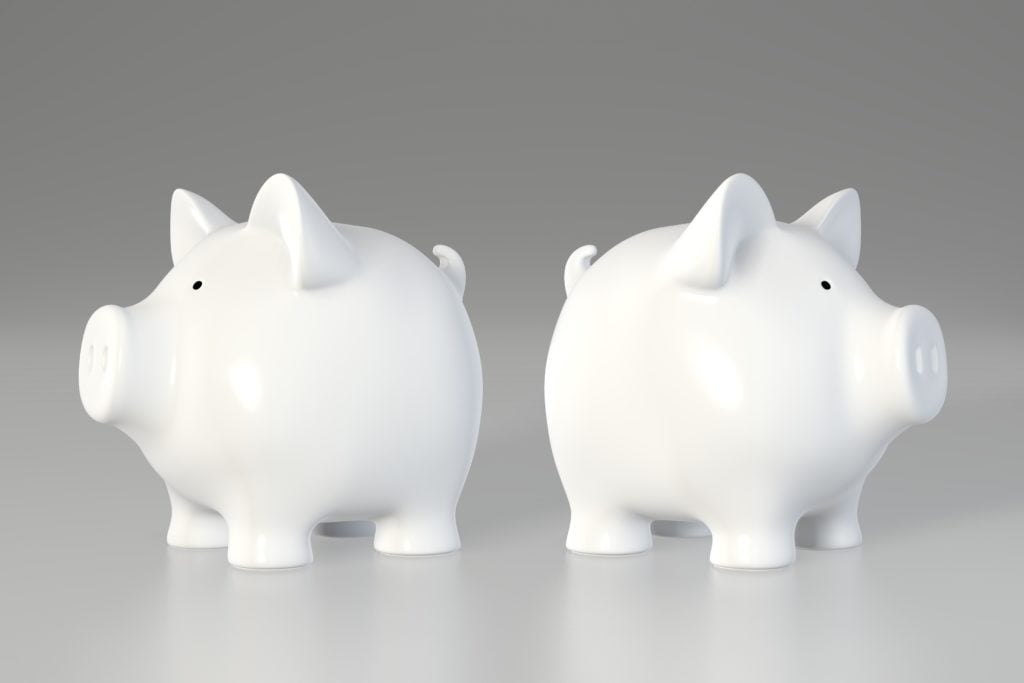Why “72” is the most important number for investors
Hint: It has to do with the magical power of compounding
Advertisement
Hint: It has to do with the magical power of compounding

MORE: How to use compounding to grow your money fastIf you go to the bank and buy a $10,000 GIC (Guaranteed Investment Certificate) at 2% interest, it will take 36 years to double your money (72/2=36). 36 years from now that certificate will be worth $20,000. If you buy stocks and achieve 12% annual returns, you will double your money every six years (72/12=6). In the same 36 year period you will experience six doubles: $10,000 x2x2x2x2x2x2 = $640,000. Which would you sooner have 36 years from now, $20,000 or $640,000? Many will argue that 12% annual returns aren’t realistic but I have achieved 11.7% over 25 years in my RRSP and have other accounts ranging from 9% to 17% with shorter timeframes. Let’s look at another scenario: How much difference will there be between 6% and 8% annual returns, over 36 years? The seemingly small 2% difference, similar to equity mutual fund fees, compounds to represent twice the difference. The money doubles every nine years with 8% returns (72/8=9), for four doubles in 36 years. With 6% returns the money doubles every 12 years (72/6=12), for three doubles in 36 years. Therefore with 8% returns, $10,000 would become, $10,000 x2x2x2x2 = $160,000, but with 6% returns, just $80,000 in the 36 year period. The “Rule of 72” can also be used to calculate other compounding factors. If inflation averages 3% per year what will a $10.00 item cost in 24 years? If your city is growing at a 4% annual pace what will its population be in 18 years? The compounding effect of the “Rule of 72” is why I am such an advocate of:
Share this article Share on Facebook Share on Twitter Share on Linkedin Share on Reddit Share on Email